
Case Study: Fiddlehead Farms
By Anna Richmond-Mueller, NCAT Energy Analyst
Known as the “Sunshine State,” it’s easy to see why solar energy production should be right at home in Florida. The state is also one of the country's top agricultural producers,…
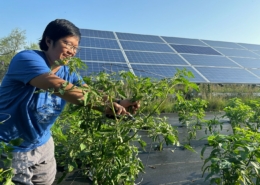
Case Study: Existing Solar as Farmland Access for Emerging Farmers
By Rob Davis, Connexus Energy
“Growing Farmers, Growing Foods” is the mission at Minnesota-based Big River Farms, a program of 501(c)3 nonprofit The Food Group. They recently won the North American Agrivoltaics Award for Best Solar…
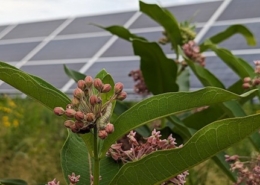
Case Study: MNL Pollinator Friendly Conservation Grazing
MNL is an organization with a mission to “Heal the Earth,” through ecological restoration and native species landscaping. As the organization progressed, they established projects on solar sites, including conservation grazing and prioritizing…
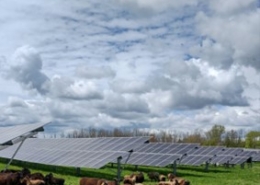
Case Study: Caleb Scott, United Agrivoltaics
In 2012, Caleb Scott was working with solar developers to help seed and build sites. As he got more involved in the industry, his job expanded to help properly maintain these sites. Scott began mowing the solar sites but quickly realized it…
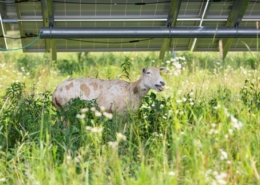
Case Study: Julie Bishop, Solar Sheep LLC
American Solar Grazing Association
Julie Bishop’s involvement in the solar grazing industry began with a snowball effect after receiving a herding dog. Once she acquired a herding dog for her grazing operation, she trained it in herding…
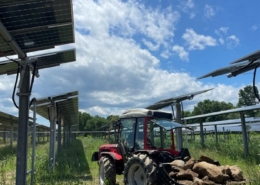
Expanding Agrivoltaics in Massachusetts
For several years, NCAT has been highlighting the benefits of agrivoltaics through the AgriSolar Clearinghouse project. And just as there are significant benefits to agrivoltaics, there are also barriers that keep more sites from being…
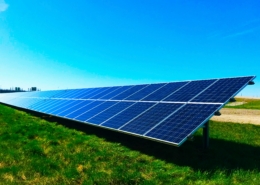
Tools for Building a Brighter and Greener Future
By Dan Salas and Ben Campbell, University of Illinois Chicago Sustainable Landscapes Program
Building out the renewable energy capacity needed to make a clean energy transition is no easy task. Siting projects, engineering designs,…
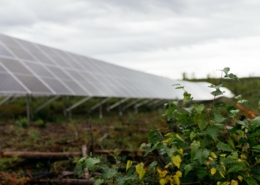
Case Study: Alaska Agrivoltaics
Southcentral Alaska is home to the state’s first agrivoltaics project, a study that aims to uncover the best practices for harvesting from both land and sun. The research team will monitor both farmed crops and native berry plants that grow between the rows of panels at an operational solar PV array. The solar array is situated in the Matanuska-Susitna Valley, where the majority of Alaska’s farmland is located.
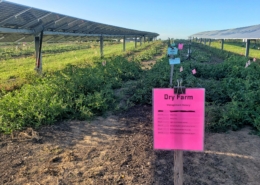
Case Study: Oregon Agrivoltaic Research Facility
Cantaloupe melons growing between rows of solar panels.
By Anna Richmond-Mueller, NCAT Energy Analyst
B
Just south of Portland, Oregon, researchers with Oregon State University (OSU) are putting agrisolar principles to the…
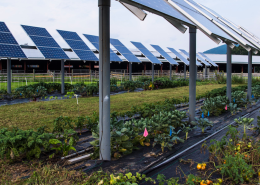
Harvest the Sun — Twice
Vines growing among solar arrays. Photo: NCAT
By Brian Naughton, Co-Founder Circle Two, LLC. This article was first published in the NM Healthy Soil blog.
The sun provides abundant energy here in New Mexico, something I’ve appreciated…
